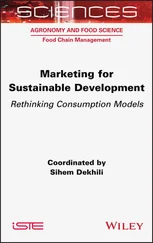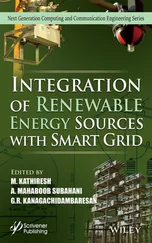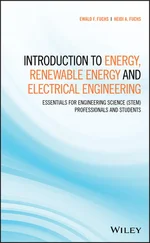Renewable Energy for Sustainable Growth Assessment
Здесь есть возможность читать онлайн «Renewable Energy for Sustainable Growth Assessment» — ознакомительный отрывок электронной книги совершенно бесплатно, а после прочтения отрывка купить полную версию. В некоторых случаях можно слушать аудио, скачать через торрент в формате fb2 и присутствует краткое содержание. Жанр: unrecognised, на английском языке. Описание произведения, (предисловие) а так же отзывы посетителей доступны на портале библиотеки ЛибКат.
- Название:Renewable Energy for Sustainable Growth Assessment
- Автор:
- Жанр:
- Год:неизвестен
- ISBN:нет данных
- Рейтинг книги:4 / 5. Голосов: 1
-
Избранное:Добавить в избранное
- Отзывы:
-
Ваша оценка:
- 80
- 1
- 2
- 3
- 4
- 5
Renewable Energy for Sustainable Growth Assessment: краткое содержание, описание и аннотация
Предлагаем к чтению аннотацию, описание, краткое содержание или предисловие (зависит от того, что написал сам автор книги «Renewable Energy for Sustainable Growth Assessment»). Если вы не нашли необходимую информацию о книге — напишите в комментариях, мы постараемся отыскать её.
This outstanding new volume
Renewable Energy for Sustainable Growth Assessment — читать онлайн ознакомительный отрывок
Ниже представлен текст книги, разбитый по страницам. Система сохранения места последней прочитанной страницы, позволяет с удобством читать онлайн бесплатно книгу «Renewable Energy for Sustainable Growth Assessment», без необходимости каждый раз заново искать на чём Вы остановились. Поставьте закладку, и сможете в любой момент перейти на страницу, на которой закончили чтение.
Интервал:
Закладка:

Figure 1.1 Global cumulative bioenergy power capacity from 2009 to 2019 [4].
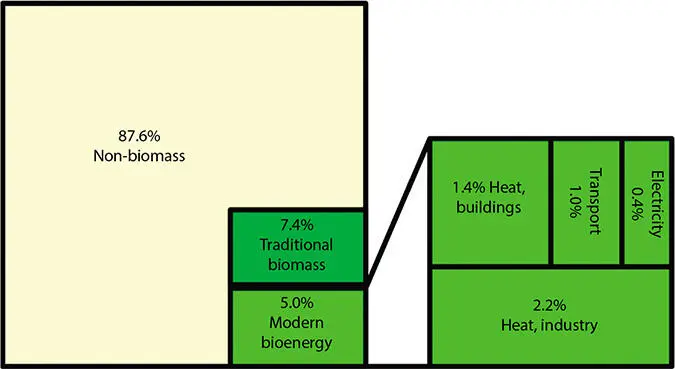
Figure 1.2 Bioenergy estimated share in total final energy consumption, 2017 [19].
Now there is a sharp rise in the use of biomass as an alternate source of energy as it mainly comprises a green source [36, 37]. Biomass is evenly distributed throughout the globe as it can also be obtained as a by-product of agricultural and industrial waste, thus having a high growth potential [38, 39]. The greatest benefits are the use of forest area for the collection of twigs and woods, which will ultimately prevent forest fires, and at the same time, it offers new employment. 9.8 million people worldwide got their livelihood through renewable source in 2016, an increase of 1.1% over 2015. A detailed description is given in Table 1.1[29]. The main focus is to obtain eco-friendly energy from biomass for sustainable growth and also to gradually replace conventional fossil fuels [40]. It has a huge amount of potential for the large-scale generation of biofuels which can be utilized for electricity, heat (shown in Table 1.2) [35] and also for transportation [41].
The US Department of Energy and the European Commission have worked on an “Action plan for Biomass” in which they have made a clear-cut emphasis on bioenergy [42]. This is relevant for the major issue of climate change, as covered by the International Panel on Climate Change (IPCC), which monitors greenhouse gas emissions in the atmosphere [42, 43]. The biomass produces net zero carbon in its cycle as the CO 2liberated by the biomass is again reused by plants [43–45]. Each and every material or substance being derived from photosynthesis indirectly or directly is termed as biomass [46]. The total biomass on our planet earth has the potential to provide eighty times more energy as compared to the total requirement of the entire globe [47]. The biggest challenge today is energy-saving and, at the same time, the reduction of harmful emission [48, 49]. The advantages and limitations of bioenergy are shown in Table 1.3.
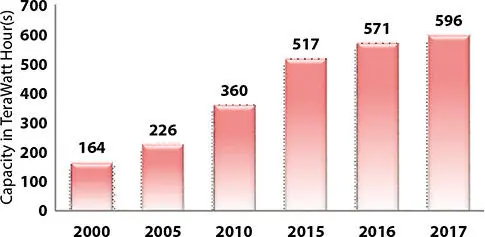
Figure 1.3 Electricity generation from biomass [35].
Table 1.1 Estimated direct and indirect jobs in bioenergy, by country/region and technology, 2017-2018 [29].
| World | China | Brazil | United States | India | European Union | |
| Thousand jobs | ||||||
| Liquid biofuels | 2,063 | 51 | 832 | 311 | 35 | 208 |
| Solid biomass a, b | 787 | 186 | 79 | 58 | 387 | |
| Biogas | 334 | 145 | 7 | 85 | 67 |
aPower and heat applications.
bTraditional biomass is not included.
Table 1.2 Heat production from biomass in EJ [35].
| Years | Total | Biomass |
| 2016 | 1.10 | 1.05 |
| 2017 | 1.12 | 1.08 |
Table 1.3 Bioenergy technologies [4–49].
| Characteristics | Advantages | Disadvantages |
| Bioenergy conversion schemesa. Bioenergy share is 13-14% of the world’s total energy consumptionb. Traditionally biomass energy is mainly utilized forc. Heating and cooking, which accounts for about 8%.d. Modern bioenergy is utilized for running plant and transport.e. USA is largest producer of biodiesel and ethanol. | i) A suitable source of energyii) They are used in transportation fuel generation, i.e., bio-diesel etc. | Carbon emissions from burning Wastes Resource availability risk |
1.2 Bioenergy Chemical Characterization
If one clearly identifies the residue of biomass, one may find different components like lignin, hemicellulose and cellulose having different percentage. The chemical composition may vary depending on the structures of the bioenergy [50].
1.2.1 Cellulose [C 6(H 2O) 5] n
The most important chemical component in the biomass is cellulose, which contains 90% of total cotton and 50% of total wood and possesses a very strong function in the plant cell wall [51]. The creation of an intermolecular hydrogen bond on different hydroxyl group makes it more firm and stable [52]. In addition to that, [53] confirmed that the group of hydroxyl have greater reactivity as compared to the secondary ones because of low impediment.
1.2.2 Hemicellulose [C 5(H 2O) 4] n
Hemicellulose is different for different plants [54], and it is generally found to get decomposed in between 180-350 °C and produces aldehydes, ketones, non-condensable coal gas, furans and acids [55].
1.2.3 Lignin [C 10H 12O 3] n
The content of lignin is also different for different species and ranges between 25-30% for soft plants and can be as high as 50% for ebony like hard species of plant. The major elemental components like carbon are up to 65%, for hydrogen, it is between 5-6%, and the rest are mostly oxygen [56]. The methoxylation of the compounds plays a very crucial role, and because of it, the composition varies [57]. At the temperature of around 128 °C, dry lignin begins to soften, but this also depends on the molecular weight and with the increase in molecular weight, the softening temperature is bound to increase [58]. The availability of lignin is quite high [59, 60]. It has got higher calorific value as compared to cellulose [61] and can be subsequently used for the production of bioplastics, additives etc. [62]. Several high valued components are produced from it [63–66].
1.2.4 Starch
Starch is found mainly in two forms in nature, i.e., hot water soluble amylose (25-27%) and water-insoluble amylopectin (73-75%) [67]. The residues of α-Dglucose are joined in starch to form long chains in order to create polymers [68].
1.2.5 Other Minor Components of Organic Matter
The important substrates of biomass that influences the treatment process are lipids, nucleic acid, proteins, acetyls and uronic acid [69–75].
1.2.6 Inorganic Matter
Biomass often contains several inorganic substances and especially in the form of ash content [76]. The major elements that are constituents of biomass are potassium, sodium, silicon, calcium, iron and aluminium [77].
1.3 Technologies Available for Conversion of Bioenergy
Three main routes are available for the conversion of biomass to usable forms. They are as follows:
i. Thermo-chemical conversions:It involves the process of pyrolysis, gasification, combustion and liquefaction [41, 78–86], as shown in Figure 1.4.
ii. Biochemical conversions:This route helps in converting biomass to the main carbohydrate so that further, it can be converted to several bio-products like biogas and mainly liquid fuels. The agents involved are mainly bacteria and enzymes [87]. Important available technologies are fermentation and anaerobic digestion [81, 88–95].
Читать дальшеИнтервал:
Закладка:
Похожие книги на «Renewable Energy for Sustainable Growth Assessment»
Представляем Вашему вниманию похожие книги на «Renewable Energy for Sustainable Growth Assessment» списком для выбора. Мы отобрали схожую по названию и смыслу литературу в надежде предоставить читателям больше вариантов отыскать новые, интересные, ещё непрочитанные произведения.
Обсуждение, отзывы о книге «Renewable Energy for Sustainable Growth Assessment» и просто собственные мнения читателей. Оставьте ваши комментарии, напишите, что Вы думаете о произведении, его смысле или главных героях. Укажите что конкретно понравилось, а что нет, и почему Вы так считаете.





